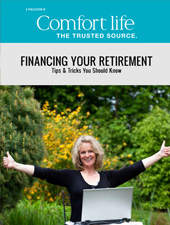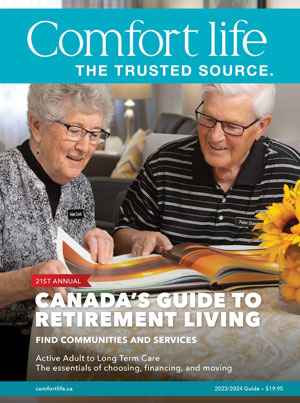COVID-19 has now faded into the background for most Canadians. For those who have some remaining concerns about how the virus affects life in communities, we continue to note this on Comfort Life Reports for each community, as they share that information. As of 2024, a few leading senior care companies and communities maintain statements or updates, as follows:
- Bayshore Home Health
- Boardwalk Communities
- Cherish at Central Park
- Heritage Place
- Legacy Senior Living
- Metta Lifestyles
- PARC Retirement Living
- Tapestry Senior Living
- Verve Senior Living
- V!VA Retirement Communities
It’s important to remember that many retirement homes kept seniors safe during the entire pandemic. Many of them gave exemplary love and attention to seniors in their care. Seniors thrived in communities where they were less isolated than they would have been living alone. Here’s what’s now a look back at retirement homes’ response to the pandemic:
- Retirement home residents stayed connected
- People were grateful for great care and compassion
- Retirement homes’ inspiring caregivers and seniors
- Retirement homes’ benefits prevailed during COVID




